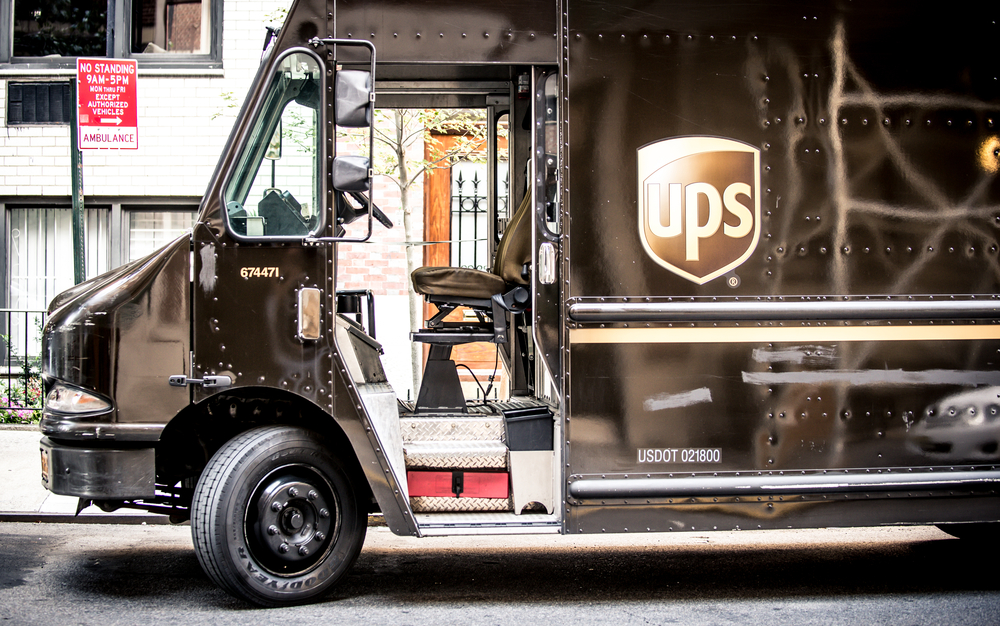

UPS and Teamsters to Resume Talks Next Week
Negotiations between UPS and the Teamsters Union are set to resume next week ahead of a looming nationwide strike. The Teamsters represent about 340,000 UPS workers, or over 60% of the entire UPS workforce. Next week’s talks will be the first time the two sides have met since they both walked away from the negotiating table following a negotiating session over the July 4th weekend. The two sides have until July 31st to finalize an agreement before a workers’ strike.
Remarks from UPS and the Teamsters Union
On Wednesday, July 19th, the Teamsters Union said in a press release that its “National Negotiating Committee and the company will set dates soon to resume negotiations next week.”
Following the Teamsters’ announcement, UPS released the following statement:
“We are pleased to be back at the negotiating table next week to resolve the few remaining open issues. We are prepared to increase our industry-leading pay and benefits, but need to work quickly to finalize a fair deal that provides certainty for our customers, our employees and businesses across the country.”
The Points that UPS and the Teamsters are Still Negotiating
The Teamsters Union has been advocating for higher worker compensation and better working conditions (though it has not publicly disclosed its targets for worker compensation). Both UPS and the Teamsters have said they have agreed on about 95% of the new contract so far. As part of the deal, UPS agreed to install air-conditioning in new delivery vehicles for the first time and retrofit old ones with fans. UPS also agreed to get rid of a two-tiered wage system for employees who work during the week, as opposed to those who work on weekends.
The points left to negotiate appear to be mostly concerning pay for both full- and part-time workers. While UPS said it presented the union with what it said was a “historic” economic package in late June, the Teamsters Union rejected the offer, specifically citing the points of part-time worker pay as inadequate.
Part-time workers represent 55% of the 340,000 Teamsters. While they are not drivers, they work exclusively as package handlers and sorters in UPS warehouses. According to UPS spokespeople, part-time employees of the company start by earning $16.20 an hour and are eligible for a higher hourly rate after 30 days. On average, part-time workers make $20 an hour across the company. Meanwhile, full-time employees earn on average $95,000 per year.
How eCommerce Business Owners Can Prepare for a UPS Strike
According to the Teamsters, the union’s agreement with UPS is the largest private-sector union contract in North America. Last week, UPS announced it had begun training its management and other non-union employees to deliver packages should the company’s 340,000 Teamsters workers strike after July 31st. However, if UPS workers go on strike after July 31st, many shippers who rely on UPS will need to find other alternatives for sending packages.
UPS is one of the major carriers in the U.S. and consistently captures a significant share of the handheld package delivery market. Since this is the case, a UPS workers’ strike in the U.S. will result in FedEx and USPS taking on additional parcel volume. FedEx will likely see an increased share of larger, heavier packages over 70 pounds, as well as emergency deliveries. USPS, on the other hand, will see a large injection of smaller, handheld packages. If UPS and the Teamsters fail to come to an agreement by the July 31st deadline, analysts forecast that the shipping industry will experience supply chain issues similar to those seen during the Covid-19 pandemic…including USPS experiencing its worst backlog ever.
If you run a small business that ships with UPS, it may be time to research other options for the delivery of your goods in case a strike takes place. Most online shipping software companies offer discounted postage from both UPS and USPS. Some offer services from regional carriers, as well. By signing up for shipping software that offers labels from a variety of carriers, small business owners can ensure that they have other options for getting packages to customers, such as buying discounted postage from USPS instead of UPS.


Be the first to comment!